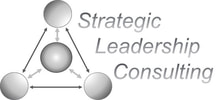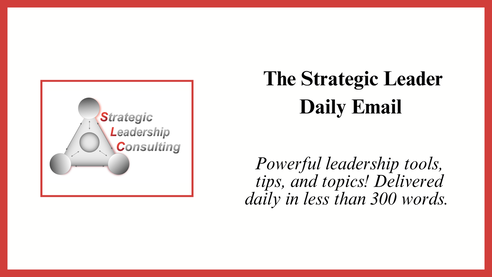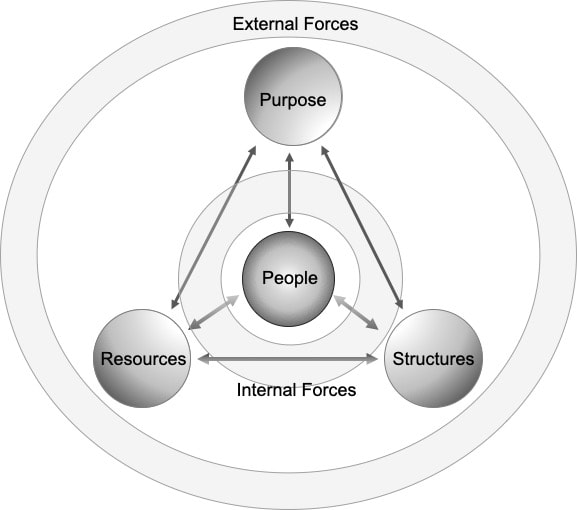|
Colleagues,
We are working on rearranging our kitchen cabinetry because enduring four weeks of installing new floors wasn’t enough pain =;^} After removing one of the wall mounted cabinets, I discovered a hidden plug (call it outlet A) in the wall. I thought it would be great to tap into outlet A and add a light under the cabinet to make working on the countertop easier. It would be relatively simple, but I would need to install an electrical box with a light switch on the wall under the cabinet. I took some measurements, bought a light and some materials and stepped back one more time to survey things before I got started. It was then that I noticed there was already an electrical outlet (outlet B) in the wall much closer to where I wanted the switch! The outlet had been there all along, but I didn’t think about tapping into that switch. Instead, I was planning to do something more complex. Why? It is because of where I started. I started at outlet A, so my thinking naturally traveled from that point, causing me to neglect outlet B. Had I thought about installing the light before I discovered the hidden outlet, I would have looked for the nearest electrical source and found outlet B immediately. In other words, I was focused on the solution of using outlet A, instead of the problem of how to light the counter. What about you? Have you ever focused on the solution before defining the problem? Do good and be well, Frederick
0 Comments
Colleagues,
When we are stuck on the treadmill of the urgent, we are in response, or reactive mode. By definition, reacting to issues means that we are only focused on what is immediately in front of us. This is problematic as most issues are actually symptoms of a greater problem. Let’s look at some common leadership issues from different sectors:
An urgent approach to leadership focuses us on these issues, but they are all actually symptoms of an underlying problem. An urgent leader may successfully treat the symptom, but it will return again because the underlying problem still exists. This results in a game of Whac-A-Mole in which the leader endlessly cycles through addressing the same issues over and over again as they remerge. Treating symptoms has a particularly insidious side effect. Usually, we are able to make symptoms go away with enough attention, so it feels like we have achieved something. This encourages us to continue the same patterns of behavior, even when previous symptoms remerge. This is the epitome of being on the treadmill - we take step after step, feeling like we are moving, but we are getting nowhere. Do you have any issues that continually reoccur? Maybe the issue is a symptom of something else. Do good and be well, Frederick Colleagues,
Today I will try and connect the dots that link the overarching concepts of strategic leadership. Organizations include six dimensions. The key dimension is organizational purpose. When the three dimensions of people, structures, and resources are aligned with the purpose, life is good. However, something is always misaligned. Misalignment can be exacerbated by both external and internal forces. Bringing an organization into alignment is the fundamental work of leadership. Bringing alignment inherently means creating change, but the right kind of change requires strategic leadership. Strategic leaders focus on purpose, problems, progress, and people. When it comes to enacting change, strategic leaders utilize the principles of leverage to drive consistent incremental changes that bring small but immediate benefits. They do this over and over again in a pattern of strategic action cycles. Becoming strategic helps focus a leader’s time and attention on things that really matter, and strategic leaders are especially concerned with developing their people. Using strategic action cycles to increase organizational alignment is what it is all about. Do good and be well, Frederick Colleagues,
On December 7, 1941 Pearl Harbor was bombed, leading then President Roosevelt to declare it to be “a day which shall live in infamy.” December 7 is a previous generation’s 9-11. In a train-wreck of a year, it seems worthwhile to note this, and to reflect on how the sometimes-traumatic events that shape us and our futures eventually fade into the past. As leaders, we need to be cognizant of history, especially as it impacts our organizations. All organizations are influenced by external forces, but organizations also have their own internal histories, as do all of the people working within the organization. Strategic leaders are well served by becoming historians. Here are some questions that might be worth being able to answer:
Past events, especially traumatic ones, have long lives. If you are relatively new to your organization, is it especially important that you learn about some of those previous events and that you look for the evidence of their continued impact. You may not be the crazy leader who fired five popular colleagues for voicing opposition to a big change project, but that event may influence how people view your next big idea. And rightly so. Do good and be well, Frederick Colleagues, Yesterday I wrote about the servant’s conundrum, which is about the tension between focusing on what only you can do and doing things that take the load off of those you serve. I concluded by stating that servant leadership is not about leading others by serving them, it is about serving others by leading them.
Imagine what that feels like from the perspective of someone doing the front-line work. Their goals, and the reasons why those goals are critical, are clear. They have the training they need and get consistent feedback and support, so they are good at what they do. The physical structures, rules, and policies in place are congruent with their work. In other words, the systems support the work they need to do. Finally, they have the resources they need to operate at high levels.
Doesn’t this sound like a great work situation? However, the only people who can bring the organizational dimensions into alignment are the leaders. Creating alignment is how we serve others through leadership. Here are your reflection questions for Friday:
Please consider sharing your reflection with me. Hearing from you inspires me. You can email me here. Do good and be well, Frederick |
Categories
All
Archives
July 2024
|



 RSS Feed
RSS Feed